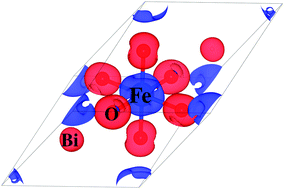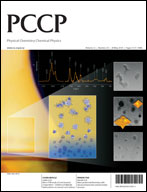We present a detailed study of the structural, electronic, magnetic and ferroelectric properties of prototypical proper and improper multiferroic (MF) systems such as BiFeO3 and orthorhombic HoMnO3, respectively, within density functional theory (DFT) and using the Heyd-Scuseria-Ernzerhof hybrid functional (HSE). By comparing our results with available experimental data as well as with state-of-the-art GW calculations, we show that the HSE formalism is able to account well for the relevant properties of these compounds and it emerges as an accurate tool for predictive first-principles investigations on multiferroic systems. We show that effects beyond local and semilocal DFT approaches (as provided by HSE) are necessary for a realistic description of MFs. For the electric polarization, a decrease is found for MFs with magnetically-induced ferroelectricity, such as HoMnO3, where the calculated polarization changes from ∼6 μC cm−2 using Perdew–Burke–Ernzerhof (PBE) to ∼2 μC cm−2 using HSE. However, for proper MFs, such as BiFeO3, the polarization slightly increases upon introduction of exact exchange. Our findings therefore suggest that a general trend for the HSE correction to bare density functional cannot be extracted; rather, a specific investigation has to be carried out on each compound.

You have access to this article
 Please wait while we load your content...
Something went wrong. Try again?
Please wait while we load your content...
Something went wrong. Try again?


 Please wait while we load your content...
Please wait while we load your content...